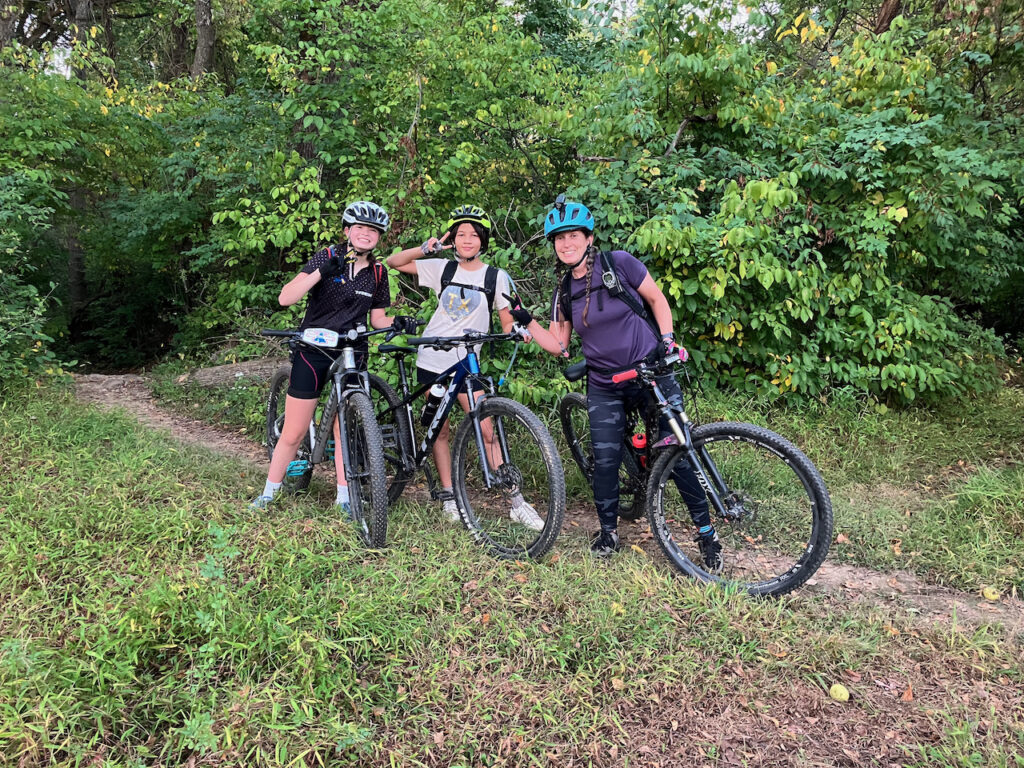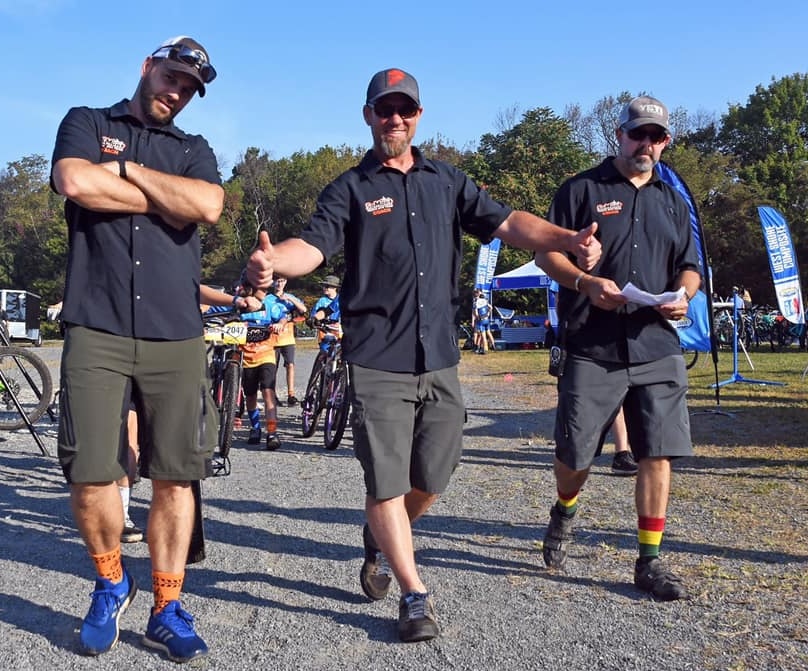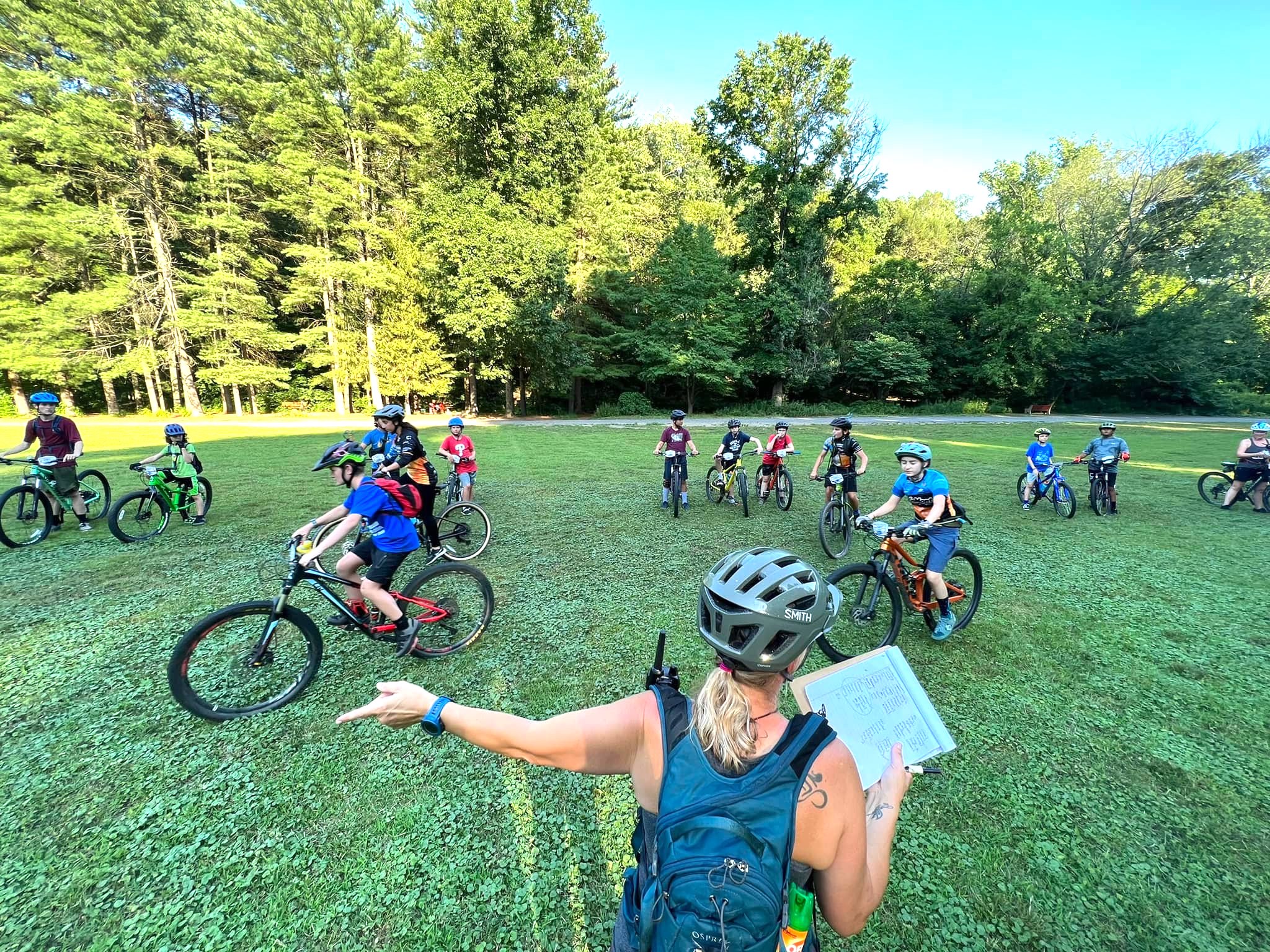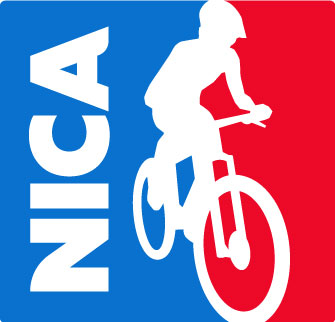John Raisch
February 10, 2025
Being a head coach is more than just running practices—it’s about shaping young riders into skilled, confident, and passionate cyclists. Each session is carefully designed to build fundamental skills, endurance, and a love for the sport, ensuring that every athlete progresses in a structured yet engaging way.
But what does a well-structured practice actually look like? How do coaches balance technical training, physical conditioning, and fun activities to keep riders engaged?
In this article, we’ll break down the key elements of a practice, pulling directly from the guide (embedded below). This resource outlines best practices for designing effective training sessions, and we’ll highlight its core principles in action.
1. Building the Foundation: Skills Development First
Every great rider starts with fundamental skills. Before diving into long endurance rides or technical terrain, Coaches ensure that athletes have a solid grasp of bike handling, braking, shifting, and body positioning.
According to the “Practice Goals” section, an effective training session focuses on:
✅ Skills Development – Teaching the essentials of bike control.
✅ Endurance – Building stamina over time.
✅ Strength & Power – Improving performance through drills.
✅ Race & Ride Readiness – Preparing riders for real-world conditions.
To achieve these goals, practices often start with structured drills, such as:
🚲 OTB 101/201 (On-the-Bar skills clinics) – Teaching proper weight shifting and bike-body separation.
🚲 Short Track & Skill Stations – Developing bike handling through obstacle courses.
🚲 Balance & Braking Games – Ensuring smooth and controlled riding.
By focusing on technique first, young riders gain the confidence needed to tackle more challenging trails.
 2. Endurance: The Key to Progression
2. Endurance: The Key to Progression
Once the fundamentals are in place, it’s time to build stamina and strength. Endurance training is crucial, but it must be done progressively—gradually increasing intensity without overwhelming young athletes.
The “Season Plan” section of the PDF highlights how training evolves from:
✔️ July: Basic fitness & assessments
✔️ August: Strength & team-building
✔️ September: Peak endurance & event readiness
✔️ October: Performance Maintenance and Season wind-down
During practice, endurance is built through structured rides:
🚵♂️ Rail Trail & Double-Track Rides – Teaching pacing and sustainable effort.
🚵♂️ Enduro Loops – Incorporating short, high-intensity climbs and descents.
🚵♂️ Hill Repeats – Improving power and climbing technique.
By gradually increasing difficulty, coach leadership ensures that riders build endurance without burnout.
3. Keeping It Fun: Why Play Matters
If practice isn’t fun, kids won’t stay engaged. That’s why bike games, creative drills, and team challenges are a key part of any training session.
The “Activities” section emphasizes the importance of incorporating:
🎯 LeMans Starts – Running to bikes for a fun race-style launch.
🎯 Yoga & Core Workouts – Building flexibility and strength.
🎯 Bootcamp Challenges – Mixing off-bike conditioning with on-bike drills.
One of the most popular games is “Conquer the Cones,” where riders navigate a technical course of cones, logs, and rollers. This drill not only improves bike handling but also adds an element of friendly competition.
The goal? Making learning enjoyable. When riders have fun, they stay motivated—and motivated riders improve faster.
 4. Managing the Unexpected: Coaching Adaptability
4. Managing the Unexpected: Coaching Adaptability
Even the best-laid plans can change. Weather shifts, athletes arrive late, and trail conditions vary. A great coach knows how to adapt.
The “Dealing with the Unexpected” section outlines how to handle:
🌧️ Sudden Weather Changes – Adjusting to rain, heat, or cold.
🛑 Trail Hazards – Navigating mud, loose terrain, or obstacles.
🚲 Varied Athlete Readiness – Modifying sessions for different skill levels.
For example, if a planned endurance ride is disrupted by rain, coaches might pivot to:
🔹 Indoor Training (Strength & Bike Maintenance Workshops)
🔹 Skills Drills in a Covered Pavilion
🔹 Shorter, High-Intensity Workouts on Rideable Trails
Coaches are trained to assess conditions, communicate clearly, and adjust on the fly to keep every practice safe and productive.
Conclusion
A successful practice isn’t just about riding bikes—it’s about intentional coaching that blends:
✔️ Skill progression – Ensuring riders master the fundamentals.
✔️ Endurance training – Gradually building strength and stamina.
✔️ Engaging activities – Making learning fun and interactive.
✔️ Adaptability – Managing unexpected challenges with confidence.
If you want to dive deeper into how practices are structured, check out the full PDF (embedded below). It’s a fantastic resource for coaches, parents, and riders alike!
🚴♂️ Want to experience an practice firsthand? Join us for a session and see how we develop the next generation of cyclists!
Call to Action
📥 Check out the full report below to explore practice plans, drills, and coaching strategies in greater detail.
📅 Ready to ride? Sign up for a practice or clinic today! Email us: info@independenceyoutcycling.org
📲 Follow us on Instagram (@independenceyouthcycling) for more coaching tips and updates!








